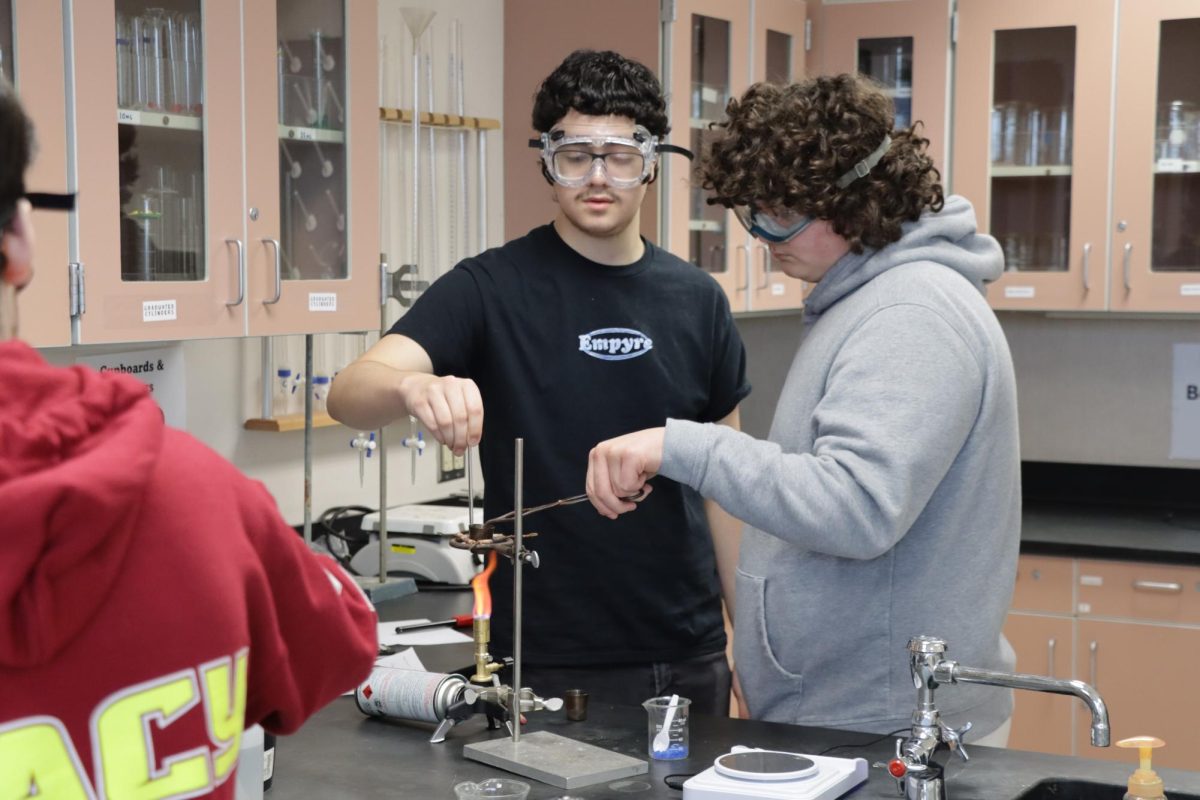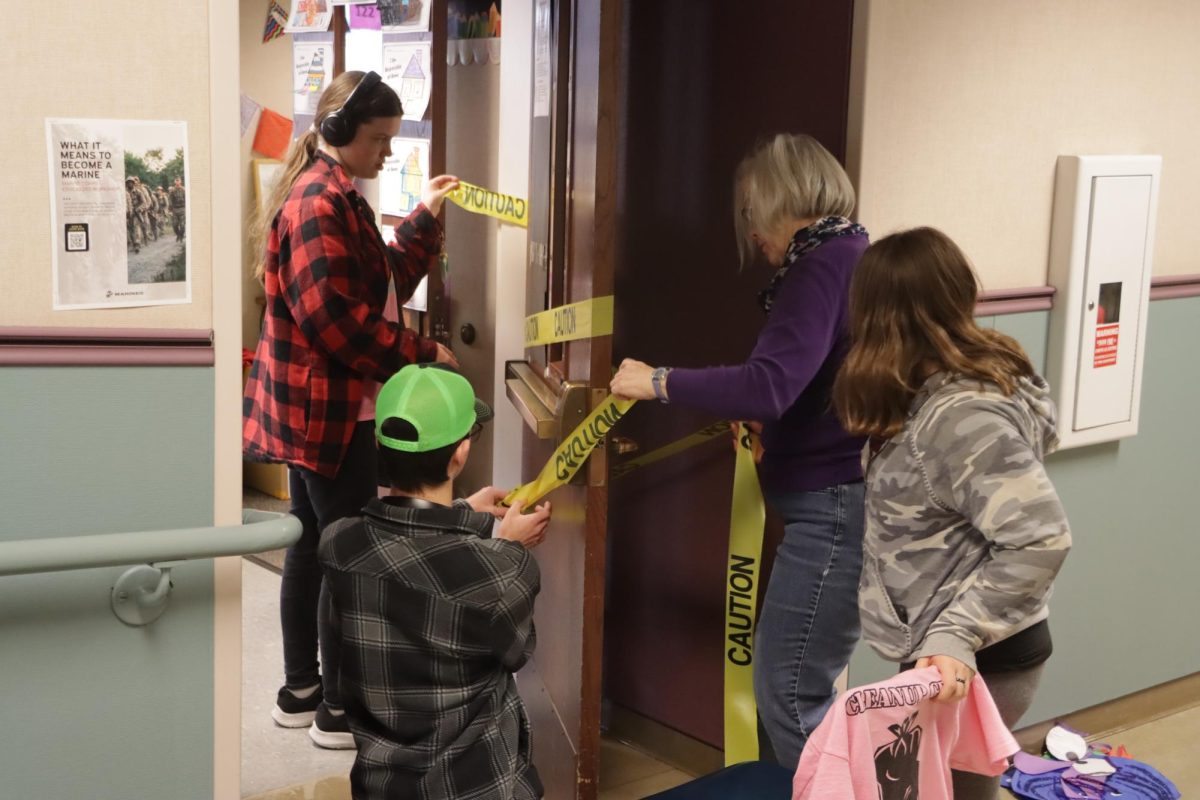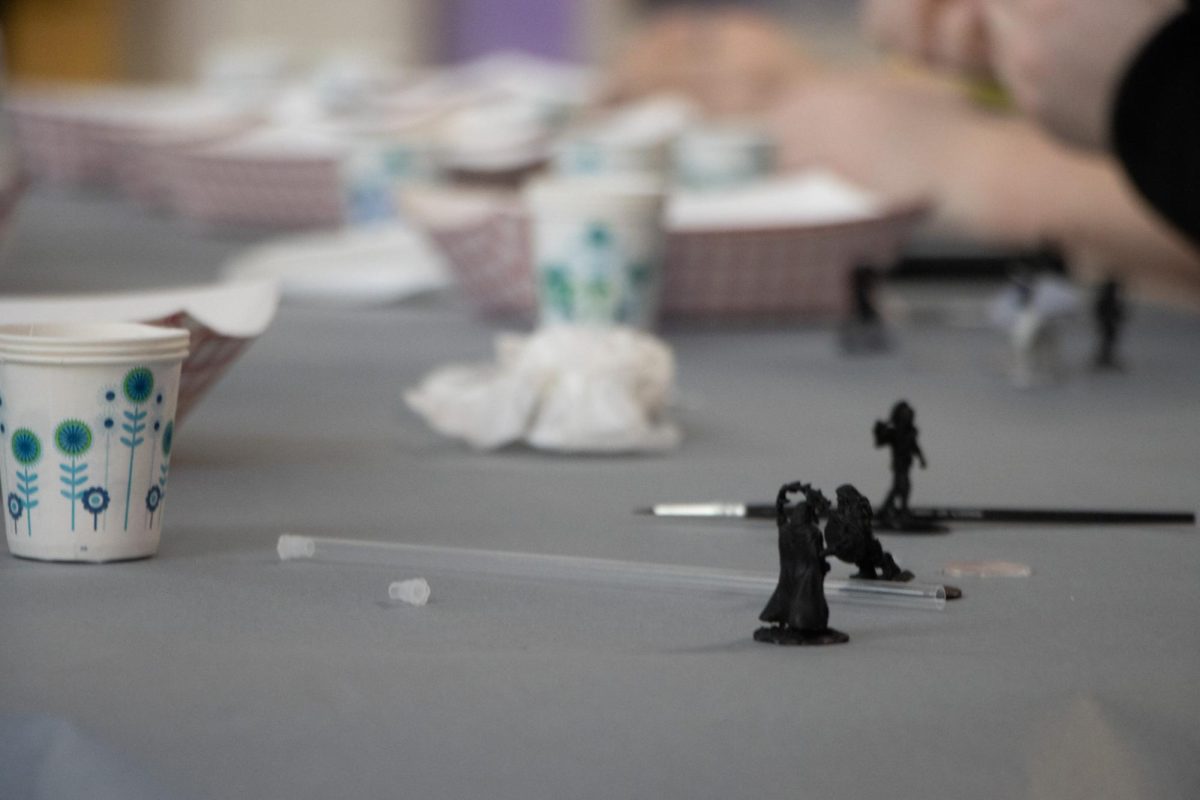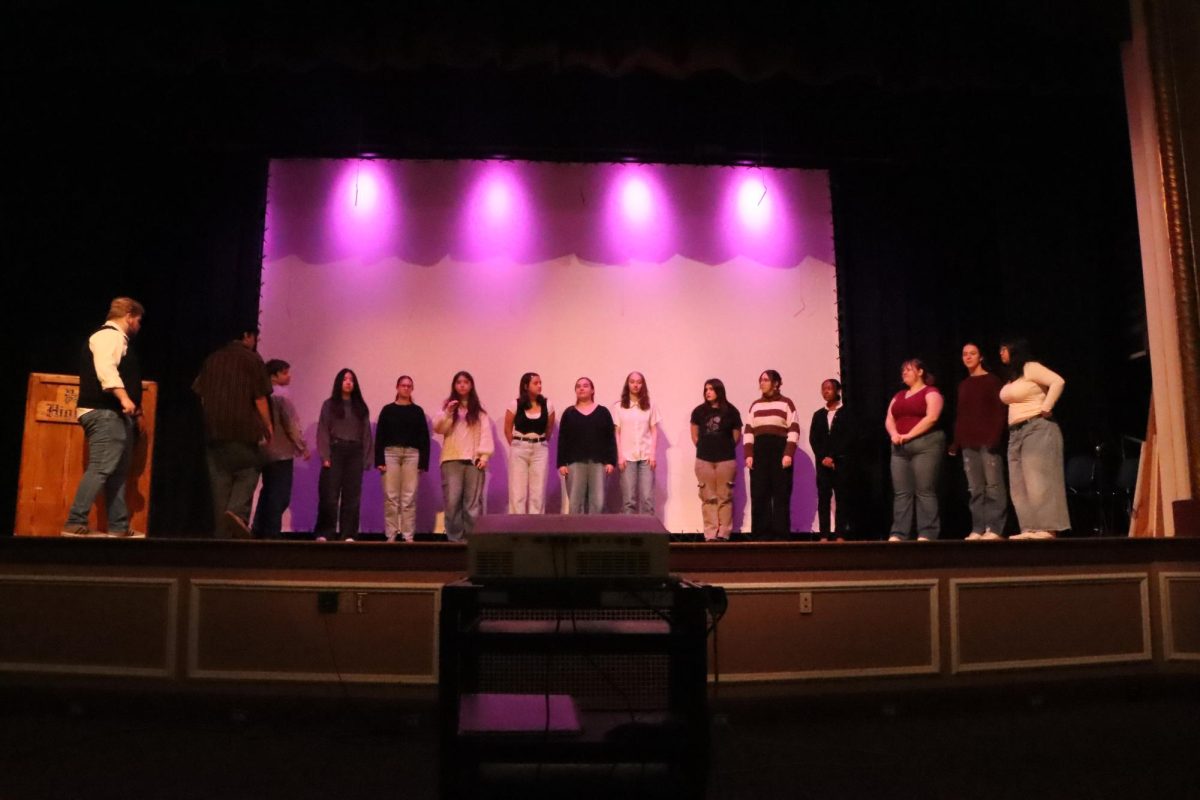After Winter Break ended, PHS staff noticed a sewer smell in the Library Science building. The district maintenance team was scheduled to fix the pipes last weekend and the issue has been resolved.
According to Maintenance Director Phillip Anderson, the week of Jan. 3-6, the maintenance team investigated what could be causing the sewer smell in that building.
According to Math and Physics teacher Michael Segers, there were district facilities members in the building every day.
“Our maintenance team did a good job of getting right on it. We also called in a vendor who we work with that specializes in that type of work…,” Anderson said. “They were investigating it last week, the maintenance team and our vendor. They searched for a couple of days and then earlier this week, they actually found an issue with a sewer. So that what happened is the system backed up and the smell started permeating from the elevator area.”
District Communication Director Sarah Gillispie added that the system backing up caused a pipe separation specifically.
“We also proactively connected with our local health department and our fire department to make sure that there weren’t any other issues to be concerned with, that we needed to address based on the nature of the issue,” Gillispie said.
Principal Dave Sunich said that the elevators were closed Jan. 4 for concern that hydrogen sulfide, also known as sewer gas, would be concentrated in the pipes under the elevator. It is described as having a rotten egg smell.
According to the Washington State Department of Health’s article on hydrogen sulfide, this gas comes from human and animal waste, among other things. When a person is exposed to extremely high concentrations, or exposed for a long time, they can get olfactory fatigue, which is when someone loses their ability to smell it, among other symptoms.
“We called the health officials and the fire department to determine any unhealthy levels of [hydrogen sulfide]. And they determined that there weren’t unhealthy levels of that that would warrant an evacuation,” Gillispie said.
This current issue has happened before in October 2014, and Anderson says both issues are very similar. During that time, there was a sewage leak in the Library Science building, which caused a smell. Anderson said that one of the lines was fixed then, but not all of them.
“It’s similar to like a roof repair, right? So the roof keeps failing. You repair the roof by patching it. You keep patching it, you keep patching it; at some point you need to look at replacing the entire roof,” Gillispie said.
Gillispie also wanted to emphasize that that building is 70 years old, which means there are constantly many different ongoing repairs, critical and minor.
The sewer smell had also been affecting classes. Geometry and Chemistry teacher Aiste Taylor came to school early Dec. 31 to prepare for classes when she noticed the smell. The weekend after, she bought a candle to lessen the smell.
“And I honestly thought that the bathroom like, someone had a problem or something. And I was hoping it would go away and then it didn’t go away. I feel like I was just in a bad mood,” Taylor said. “And it’s really difficult. It’s like you want to come in you want to do your job. But when you’re in a bad mood, you’re like trying not to portray that to the students, but it’s hard because you’re out here all day smelling it.”
Taylor described the elevator closure as an inconvenience. Classes would need to change locations for one or two periods, and Taylor would often only be notified about moving on that day.
“When the elevators shut down, students with disabilities that need the elevator to get up to the second floor are unable to make it up to this floor,” Taylor said. “So I know that both Miss Paris across the hall and I have had to move our classroom to a different classroom in order to accommodate those students, and that’s been really rough for those students because they have to go somewhere where they don’t know.”
Segers was not affected by the smell as much as Taylor was. Segers says that rainwater seeped into the elevator pit, which carried the gases into the building. Rainwater seepage is pumped to a sewer line which is then carried to 6th Street.
“The sewer line for this building is below grade of the sewer main. There’s a lift station at the end of the building that then lifts the sewage from our building up to the sewer main that runs underneath Sixth Street,” Segers said.









